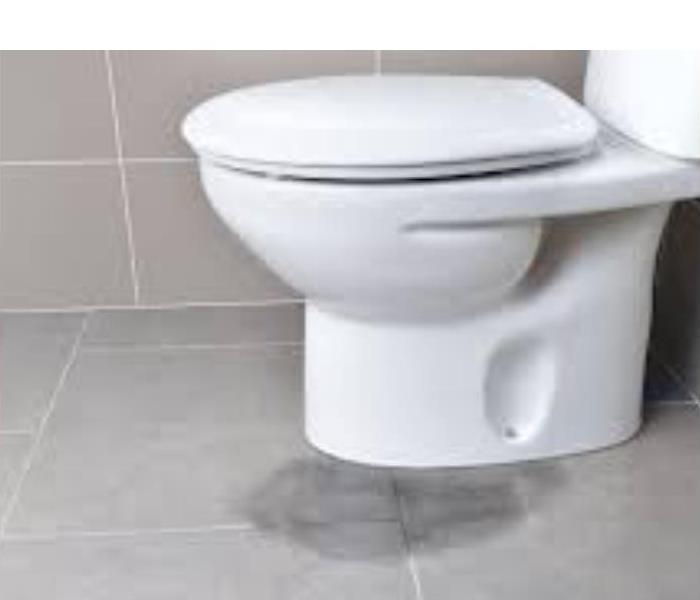Signs of Bathroom Water Damage
10/6/2023 (Permalink)
Water damage is not always easy to find, especially in the bathroom. After all, water is a normal occurrence in bathrooms! A broken pipe or fixture is a clear sign of an issue; however, what about the hidden culprits like a cracked shower tile, unstable or old caulking and grout, or a leaky seal on base of the toilet bowl where tiny leaks are causing large amounts of damage to floor boards, ceilings, and walls as well as a potential drain on your wallet of thousands of dollars in repairs?
Knowing what to look for in the game of hide-and-seek “water damage style” is vital for property owners who want to prevent extensive water damage in your bathroom. Consider some of these hints for possible areas of water damage in your bathroom and take action quickly if you find them:
A Soft Floor
If you know your home was built with a wooden floor truss system, the sub floor is most likely made of plywood. If the plywood is subjected to moisture, the subfloor will rot and the floor will begin to feel soft or spongy in places. Your toilet may also feel unstable when you sit down. This could lead to your entire floor collapsing if left unattended.
Trust Your Nose
If you still smell something musty or damp after a thorough cleaning, it is probably due to moisture damage lurking behind the walls. Although many older homes have this smell, rooms with actual damage have a more prominent smell. Sometimes you might not be able to see it but be sure to trust your nose and call in our professionals to find the affected area.
Warped Walls
This is another clear sign that may point to an extensive problem. When drywall absorbs water, it begins to swell and becomes soft. Over time, the damaged area starts to crumble, especially around the baseboards. If you run your hand across the wall and it feels uneven or looks crooked when you look at it, have it checked by SERVPRO of Kendall County.





 24/7 Emergency Service
24/7 Emergency Service
